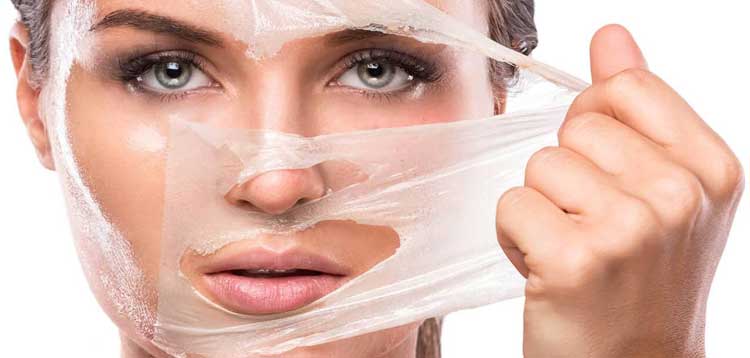What are the risk of chemical peels - Explained by Dr. Yeung Ho Hong(楊浩康)

A chemical peel is a widely used dermatological technique that involves applying an acidic solution topically to exfoliate dead skin cells, promote cellular turnover, and improve conditions such as wrinkles, hyperpigmentation, acne scars, and other skin imperfections. However, like other cosmetic procedures, chemical peels are not entirely risk-free. Their safety depends on several factors, including the depth of treatment, the type of acid used, the patient’s individual skin condition, and the precision of the procedure.
Chemical peels carry risks and side effects, including redness, scabbing, swelling, scarring, hyperpigmentation or hypopigmentation, and bacterial, fungal, or viral infections. Deep chemical peels using '苯酚' (Phenol) may also pose a risk of damage to the heart, liver, or kidneys.
Specific side effects that may arise from chemical peels include:
- Redness, scabbing and swelling. It is common to have redness, scabbing during the normal healing process with a chemical peel. After a medium or deep chemical peel, redness might last for a few months.
- Scarring. In rare cases, chemical peels can cause scarring – atrophic or hypertrophic / keloid scars.
- Changes in skin colour. A chemical peel can cause hyperpigmentation or hypopigmentation. Hyperpigmentation is more common after superficial peels, while hypopigmentation is more common after a deep peel. These problems can sometimes be permanent.
- Infection. A bacterial, fungal or viral infection can occur after chemical peels.
- Heart, kidney or liver damage. A deep chemical peel uses carbolic acid (phenol), which can harm heart muscle, liver or kidney.
In addition to these risks, some patients may experience a “post-chemical peel reaction,” characterized by intense skin sensitivity, persistent pain, or itching, requiring prompt medical attention. Individual differences also significantly influence the safety of chemical peels. Those with thin, sensitive skin or a genetic predisposition to scarring should undergo thorough evaluation before treatment to determine the most suitable approach.
In summary, medical chemical peels are a highly effective and generally safe dermatological procedure, but they carry certain risks and side effects. Selecting the appropriate treatment depth, using the correct acid concentration, and having the procedure performed by an experienced professional are critical to minimizing adverse reactions. Patients should communicate thoroughly with their doctor before treatment to understand potential risks and post-treatment care, ensuring optimal outcomes and skin health.
References:
1. Berson, D. S., et al. (2006). "Chemical Peels in Clinical Practice: Principles, Procedures, and Complications." Dermatologic Clinics, 24(2), 151-161.
2. Tierney, E. P., & Hirsch, R. J. (2003). "Complications of Chemical Peels." Seminars in Cutaneous Medicine and Surgery, 22(2), 80-84.
3. Eisendle, K., Schramm, S., & Landthaler, M. (2007). "Chemical Peels: An Evidence-Based Review of Indications, Preprocedure, Technique, and Postoperative Care." Journal of Dermatologic Treatment, 18(6), 312-317.
